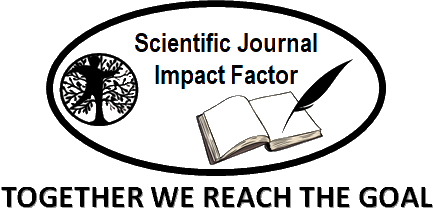Non-Timber Forest Products (NTFPs) as climate actions in West Africa Sahel: A review
Keywords:
NTFPs, adaptations, mitigation, climate change, West African Sahe, BiodiversityAbstract
Climate change poses a significant challenge in the West African Sahel, a region identified as one of the most vulnerable to climate change globally. Despite this vulnerability, the role of Non-Timber Forest Products (NTFPs) in addressing climate change impacts has been underexplored. This study aims to compile and analyze existing research highlighting the contribution of NTFPs in addressing climate change effects in the West African Sahel. The methodology employed in this study involves a systematic review of available data, drawing from various sources such as Google Scholar, Google, Z-library, Mendeley, and ResearchGate, covering the period from 2010 to 2023. The analysis reveals two primary categories of NTFPs based on their composition and societal utility: NTFPs of plant origin and NTFPs of animal origin. NTFPs make up approximately 3% of West Africa's GDP, with a significant impact on rural areas. They serve as a crucial source of income for rural households in the Sahel, with some families earning up to USD 200 per month, constituting a substantial portion of their total income. The study identifies various NTFPs and their roles in climate action in the West African Sahel. Examples include the leaves of baobab (Adansonia digitata), gum from Acacia Senegal, shea (Butyrospermum parkii) Vitellaria paradoxa, and honey. These NTFPs contribute to enhancing community resilience by promoting food and nutrition security, income generation, and land conservation. Moreover, the study underscores the vital socio-economic role of NTFPs in strengthening community resilience and their significant contributions to carbon sequestration and biodiversity conservation. Consequently, this review paper recommends the inclusion of NTFPs in the climate change policies and programs of the West African Sahel.
Downloads
Published
How to Cite
Issue
Section
License
Copyright (c) 2023 Journal of Business and Environmental Management (JBEM)

This work is licensed under a Creative Commons Attribution 4.0 International License.
















